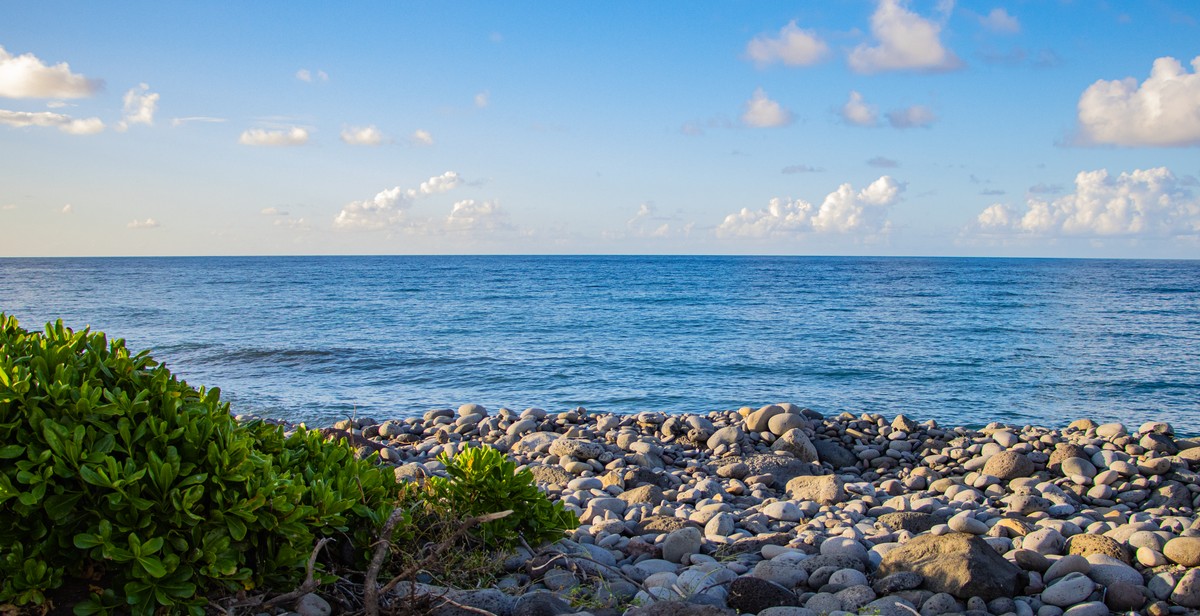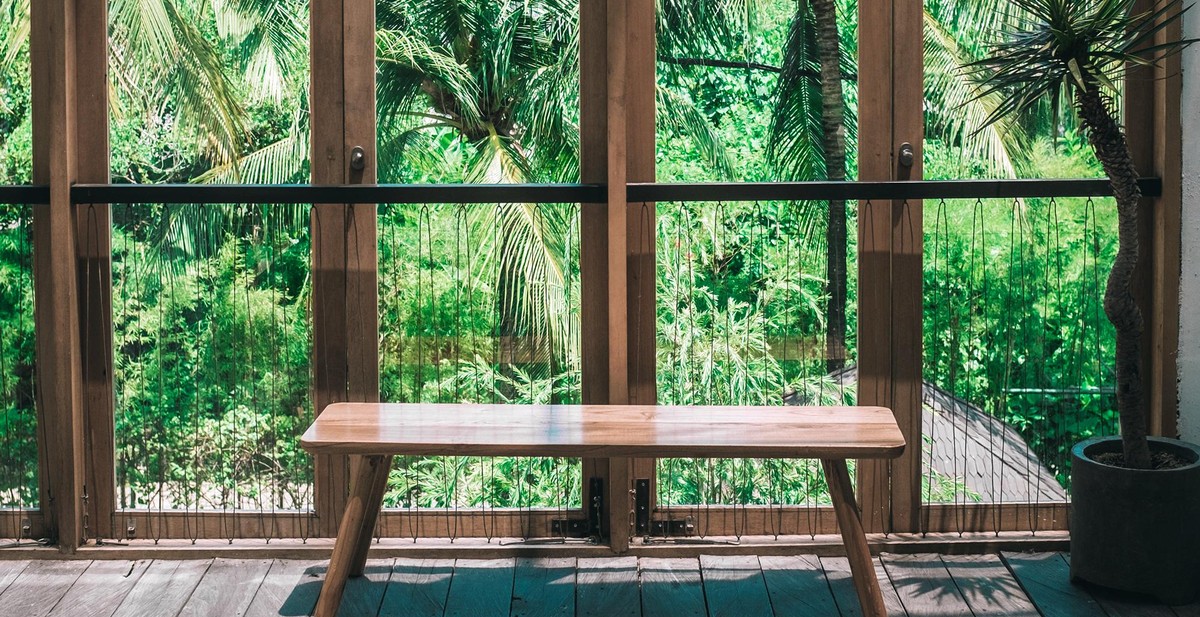Introduction: How to Create an Earthquake-resistant Garden
Living in an earthquake-prone area brings many challenges, including the need to prepare for natural disasters. While most homeowners focus on securing their homes and belongings, the garden is often overlooked. However, landscaping and design play a crucial role in reducing the risk of damage and injuries during an earthquake.
The Importance of Earthquake-resistant Landscaping and Design
Earthquakes can cause severe damage to gardens, including uprooting trees, breaking fences and walls, and damaging water features and outdoor structures. Moreover, falling debris and loose objects can pose a significant hazard to people and animals. Therefore, it’s essential to take steps to create an earthquake-resistant garden that can withstand the seismic activity and protect your property and loved ones.
How to Create an Earthquake-resistant Garden: Tips for Landscaping and Design
In this article, we’ll explore some practical tips for creating an earthquake-resistant garden. We’ll cover everything from choosing the right plants and materials to designing a safe and functional outdoor space. Whether you’re a seasoned gardener or a beginner, these tips will help you create a beautiful and resilient garden that can withstand earthquakes and other natural disasters.
- Choosing earthquake-resistant plants
- Designing a functional outdoor space
- Securing garden structures and features
- Using the right materials and techniques
By following these tips, you can create an earthquake-resistant garden that not only looks beautiful but also provides a safe and secure environment for you and your family.

Understanding Earthquake-resistant Gardens
An earthquake-resistant garden is a garden designed to withstand the effects of an earthquake. This type of garden is created with specific landscaping techniques and design elements that can help prevent damage to the plants, structures, and hardscaping within the garden.
Why is an Earthquake-resistant Garden Important?
Earthquakes can cause significant damage to gardens and outdoor spaces, including uprooting trees, damaging hardscaping and structures, and causing soil erosion. An earthquake-resistant garden can help minimize the damage caused by an earthquake and ensure that your garden remains intact and beautiful even after a natural disaster.
How Do Earthquakes Affect Gardens?
Earthquakes can have several effects on gardens, including:
- Soil damage: Earthquakes can cause soil to shift, compact, or erode, which can make it difficult for plants to grow and thrive.
- Structural damage: Hardscaping and structures within a garden, such as walls, fences, and patios, can be damaged or destroyed during an earthquake.
- Plant damage: Trees and plants can be uprooted, broken, or damaged during an earthquake, which can be devastating for a garden’s aesthetic appeal and health.
Creating an earthquake-resistant garden involves taking steps to minimize these effects and ensure that your garden remains intact and beautiful even after a natural disaster. This can include choosing the right plants, using appropriate landscaping techniques, and designing hardscaping and structures that can withstand the effects of an earthquake.
| Tip | Description |
|---|---|
| Choose plants with strong roots | Plants with strong, deep roots are more likely to withstand the effects of an earthquake and remain upright. |
| Use flexible materials for hardscaping | Materials such as rubber, plastic, and composite materials are more flexible than concrete and stone, which can help prevent damage to hardscaping during an earthquake. |
| Install a drip irrigation system | A drip irrigation system can help prevent soil erosion and keep plants hydrated during an earthquake. |

Tips for Earthquake-resistant Landscaping
Earthquakes can cause severe damage to a garden or landscape. However, with proper planning and design, you can create an earthquake-resistant garden that can withstand the impact of an earthquake. Here are some tips that can help you create an earthquake-resistant garden:
Tip 1: Choose the Right Plants
When selecting plants for your garden, choose those that have a strong root system and can withstand strong winds and shaking. Trees with shallow roots, such as eucalyptus and acacia, are not suitable for earthquake-prone areas. Instead, opt for trees with deep roots, such as oak and pine trees. Additionally, avoid planting large trees near your home or other structures, as they can cause severe damage if they fall.
Tip 2: Create a Strong Foundation
A strong foundation is crucial for an earthquake-resistant garden. When designing your garden, make sure to create a solid base for any structures, such as patios, decks, or pergolas. Use materials such as reinforced concrete or steel to ensure that the foundation is sturdy enough to withstand an earthquake.
Tip 3: Use Retaining Walls
Retaining walls can help prevent soil erosion and landslides during an earthquake. When building retaining walls, make sure to use sturdy materials such as concrete or stone. Additionally, ensure that the retaining walls are properly anchored to the ground to prevent them from collapsing during an earthquake.
Tip 4: Install a Drainage System
A proper drainage system can help prevent soil liquefaction during an earthquake. Soil liquefaction occurs when the ground becomes saturated with water, causing it to lose its strength and stability. To prevent soil liquefaction, install a drainage system that can divert excess water away from your garden or landscape.
Tip 5: Keep Your Garden Well-maintained
Maintaining your garden regularly can help prevent damage during an earthquake. Trim trees regularly to remove dead or weak branches that can fall during an earthquake. Additionally, inspect your garden regularly for any signs of damage, such as cracks in the soil or retaining walls. Fix any damage as soon as possible to prevent it from worsening during an earthquake.
By following these tips, you can create an earthquake-resistant garden that can withstand the impact of an earthquake. Remember to always prioritize safety and consult a professional landscaper or engineer if you have any concerns.

Designing an Earthquake-resistant Garden
When it comes to designing an earthquake-resistant garden, there are several factors to consider. These include the terrain, climate, and style of the garden. By taking these factors into account, you can create a garden that not only looks beautiful but is also able to withstand the effects of an earthquake.
Designing for the Terrain
The terrain of your garden can have a significant impact on its ability to withstand an earthquake. If your garden is located on a slope or hillside, you will need to take steps to prevent soil erosion. This can be achieved by adding retaining walls or terracing the garden. Additionally, you should avoid planting trees or shrubs with shallow root systems, as these are more likely to be uprooted during an earthquake.
Designing for the Climate
Climate is another important factor to consider when designing an earthquake-resistant garden. If you live in an area that is prone to earthquakes, you should choose plants that are adapted to the local climate. This will help ensure that your garden is able to withstand the effects of an earthquake without suffering significant damage. Additionally, you should avoid planting trees or shrubs that are susceptible to wind damage, as these are more likely to be uprooted during an earthquake.
Designing for the Style
The style of your garden can also impact its ability to withstand an earthquake. If you have a formal garden with a lot of hardscaping, such as paved walkways or retaining walls, you will need to ensure that these structures are properly reinforced. Additionally, you should avoid planting trees or shrubs that are too large for the space, as these can become hazards during an earthquake.
- Choose plants with strong root systems
- Avoid planting trees or shrubs with shallow root systems
- Choose plants adapted to the local climate
- Avoid planting trees or shrubs that are susceptible to wind damage
- Reinforce hardscaping structures
- Avoid planting trees or shrubs that are too large for the space
By following these guidelines, you can create a beautiful and functional earthquake-resistant garden that will provide you with years of enjoyment.

Conclusion
Creating an earthquake-resistant garden is not only a smart decision but also a responsible one. By following the tips and guidelines mentioned in this article, you can make your garden safe and secure from the damages caused by earthquakes.
It is important to remember that earthquakes are unpredictable and can happen at any time. Therefore, it is crucial to stay prepared and take necessary precautions to minimize the damage. By incorporating earthquake-resistant designs and landscaping techniques, you can create a garden that can withstand the impact of earthquakes.
Key Takeaways
- Choose plants that have a strong root system and can withstand strong winds and shaking.
- Use lightweight materials for garden structures like trellises, arbors, and pergolas.
- Ensure that garden furniture and accessories are secured to the ground.
- Build a retaining wall to prevent soil erosion and landslides during an earthquake.
- Consult with a professional landscaper or earthquake engineer for expert advice.
Final Thoughts
Creating an earthquake-resistant garden is not only about making your garden safe but also about protecting your home and loved ones. By taking the necessary steps to create a safe garden, you can rest assured that your garden will remain intact even after an earthquake. Remember to stay safe and take all necessary precautions during an earthquake.
| Author | Jane Smith |
|---|---|
| Published | August 1, 2021 |
| Updated | August 15, 2021 |
